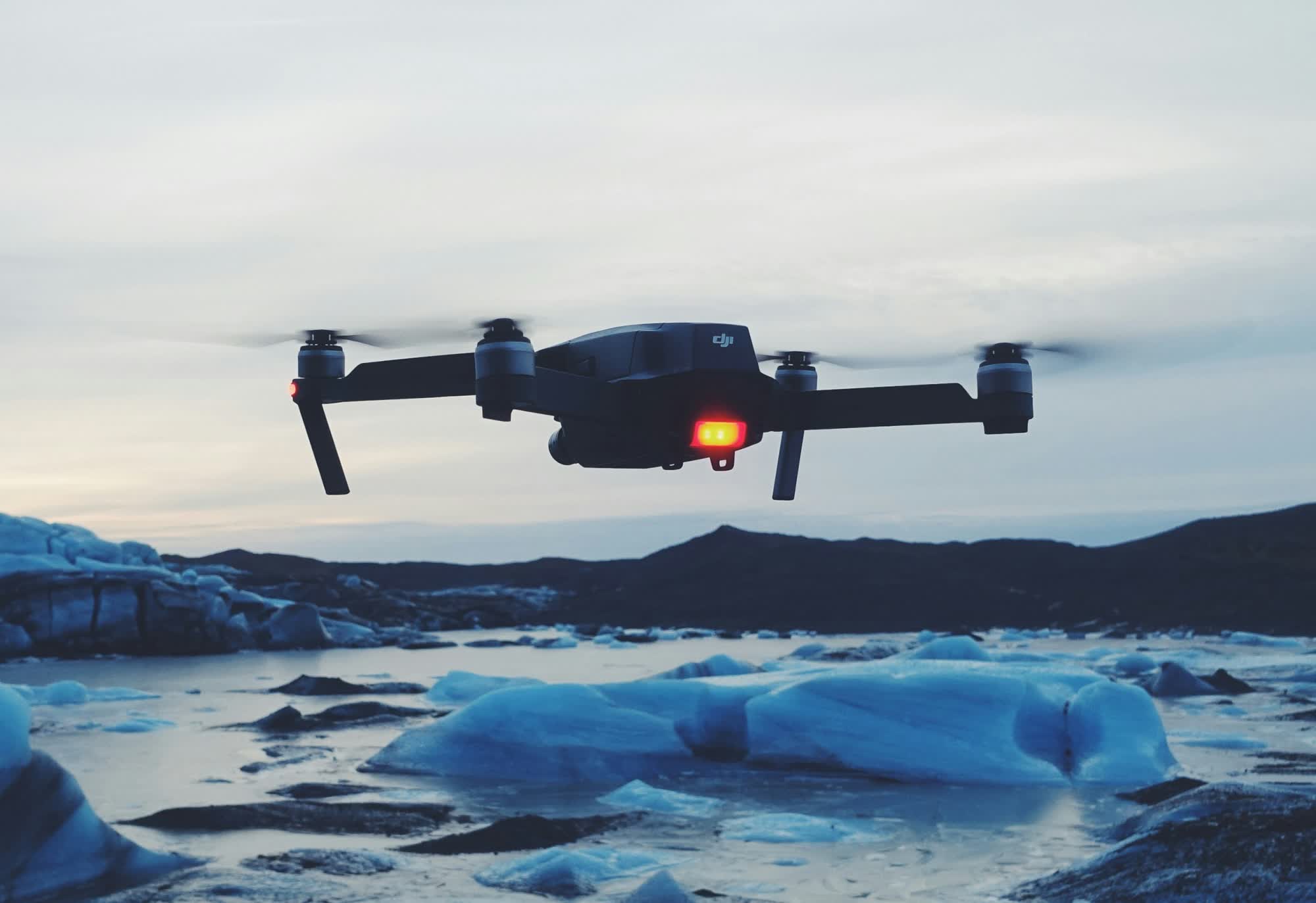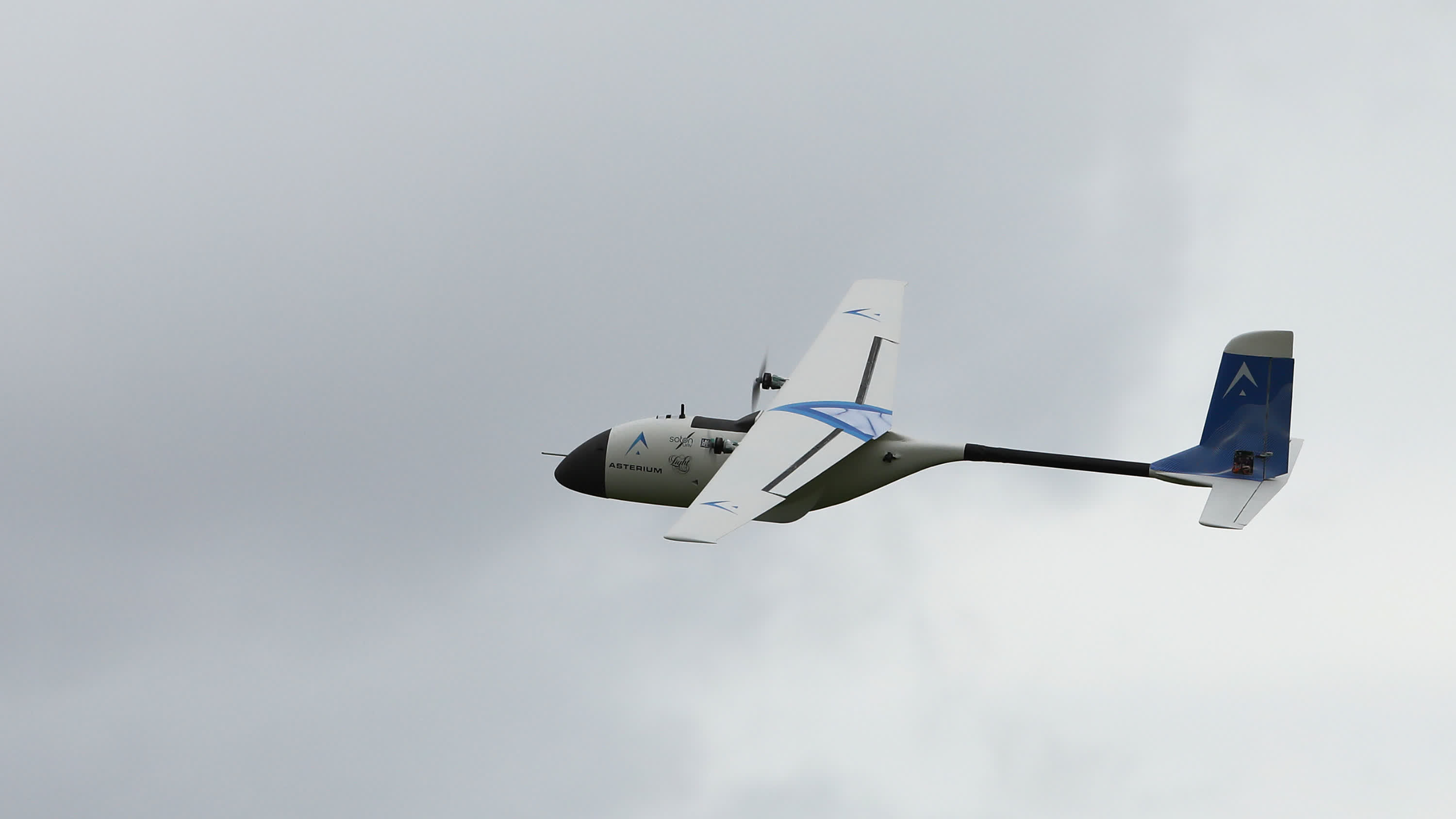Forward-looking: Despite all the futuristic hype around cargo drones, they're still bound by an old-school limitation: regular landings for safety inspections by ground crews. However, researchers at the University of Southampton may have found a solution that allows drones to monitor their own structural health, cutting down on time-consuming pit stops.

The Southampton team developed a "nervous system" for drones using optical fibers to continuously monitor strains and stresses, similar to how nerves relay information in the human body. Unlike traditional electrical monitoring, this system uses light signals, which helps avoid the interference issues common in electronic setups.
The monitoring system works through a technique called "optical speckle," where specific images are projected based on detected strains and stresses. AI algorithms then analyze these patterns to assess potential damage, alerting crews when issues arise.
Initial test flights integrating the nervous system on an undergraduate drone project were promising. According to an aerospace student leading the project, the live data showed that fiber optic technology could significantly extend flight duration by reducing the need for manual inspections.

"The drone was first developed to deliver life-saving equipment like defibrillators in emergencies, but it's served as an excellent test platform for the optical fiber nervous system. What really excited us was seeing the live data from the fiber system. It showed that the technology could keep drones operational longer without extensive ground crews," said aerospace engineering graduate Toby King-Cline, who led the student team.
The researchers believe their self-monitoring system holds immense potential across industries. They aim to commercialize the technology as early as 2025.
Drones capable of continuously assessing their own structural integrity could prove invaluable for applications such as cargo transport, emergency response deliveries, and other sectors that would benefit from extended flight times without frequent landing requirements.
Although initial testing was conducted on a small student drone, these smaller drones don't typically need full inspections between flights. The technology would likely be most beneficial for larger cargo drones that endure greater operational stress.
Smaller drones are surging in popularity, and the military has taken full advantage, using them extensively for reconnaissance and even deploying coordinated attack swarms. Analytics firms project that the global drone market could reach $54.6 billion by 2030, with the commercial sector growing at a compound annual growth rate of 7.7 percent.
Given this growth, it's no surprise that research and development for these vehicles is currently intense. Recently, we covered a breakthrough from Chinese researchers who unveiled an ultra-compact drone prototype measuring just a few centimeters across and weighing under five grams, yet capable of running indefinitely on solar power.
